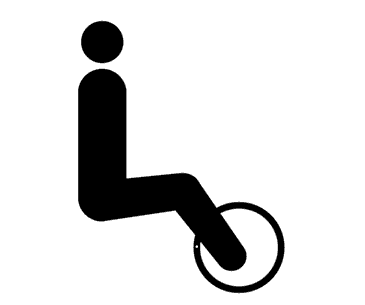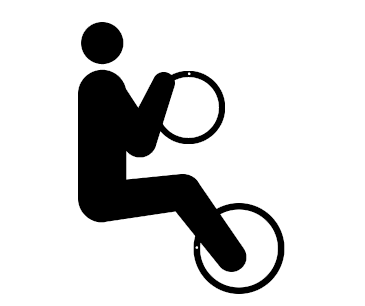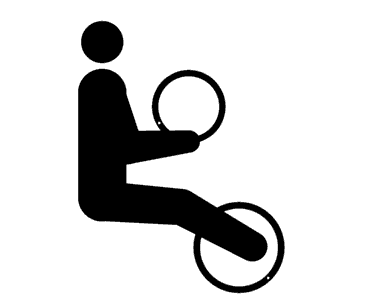Dementia/Alzheimer's
Symptome lindern und das Fortschreiten der Erkrankung verhindern
Despite their advancing cognitive limitations, dementia and Alzheimer’s patients can stay physically active for a long time. In fact, in dementia therapy a regular endurance, strength and coordination training has achieved a high preventative and therapeutic value.
Dementia and Alzheimer’s patients in early or advanced stadium can easily train with the MOTOmed movement therapy device. Due to the three training modes: with motor, motor-supported and active, the training task can be adapted perfectly to the patient’s capacity. Reversing the pedals’ rotation direction additionally helps to improve coordination.
According to scientific studies, a continuous MOTOmed movement therapy contributes considerably to the preservation and improvement of the activities of daily living. Training sessions with the MOTOmed can positively influence the hand-eye-coordination, reaction time and concentration and counteract depression. Training games and, according to model, also relaxing film sequences from nature encourage to movement and create diversified training sessions.
The MOTOmed movement therapy devices offer a comfortable and safe opportunity for regular training at home. Through continuous practice, even activities of daily living can be preserved for as long as possible while nursing relatives get relieved.
Configure your personal MOTOmed
Use the MOTOmed Product Configurator to configure your MOTOmed according to your requirements. Quickly, easily and without obligation. Try it out and configure your personal and individualized MOTOmed now.
MOTOmed Movement Therapy
MOTOmed Movement Therapy was developed for people with movement restrictions and complements physical, ergo and sports therapy measures. Users can train while seated in a wheelchair or from a chair.
In Germany, the device-based movement therapy with the MOTOmed is recognized as an aid for many indications by the statutory health insurance. It is worthwhile to inform yourself!
Therapy modes
passive
The effortless motor driven movement is ideal for the regulation of muscle tone, loosening stiff muscles and for early mobilization after long rests. Passive training stimulates blood circulation, digestion and joint flexibility.
assistive
In motor-supported movement therapy, the function MOTOmed ServoCycling enables easy transition from passive to active training. A motor-supported movement stimulates strength and endurance even with minimal muscle strength.
active
An active training with own muscle power against finely adjustable resistance levels strengthens leg, arm and upper body muscles and stimulates the cardio-vascular system.
Achieving best therapy goals through interval training
Alternating phases of strain and recreation (intervals) through active and passive training give a higher training stimulus which leads to a better therapy success.
Therapeutic goals
- Promote walking
- Reduce the consequences of lack of movement
- Activate residual muscle strength
- Strengthen the psyche and well-being
- Counteract fatigue
Scientific studies and research results about the application of the MOTOmed movement therapy for dementia patients
10.1) Holthoff V.A., Marschner K., Scharf M., Steding J., Meyer S., Koch R., Donix M. (2015). Effects of Physical Activity Training in Patients with Alzheimer‘s Dementia: Results of a Pilot RCT Study. PLOS ONE, 10(4)., DOI: 10.1371/journal.pone.0121478













